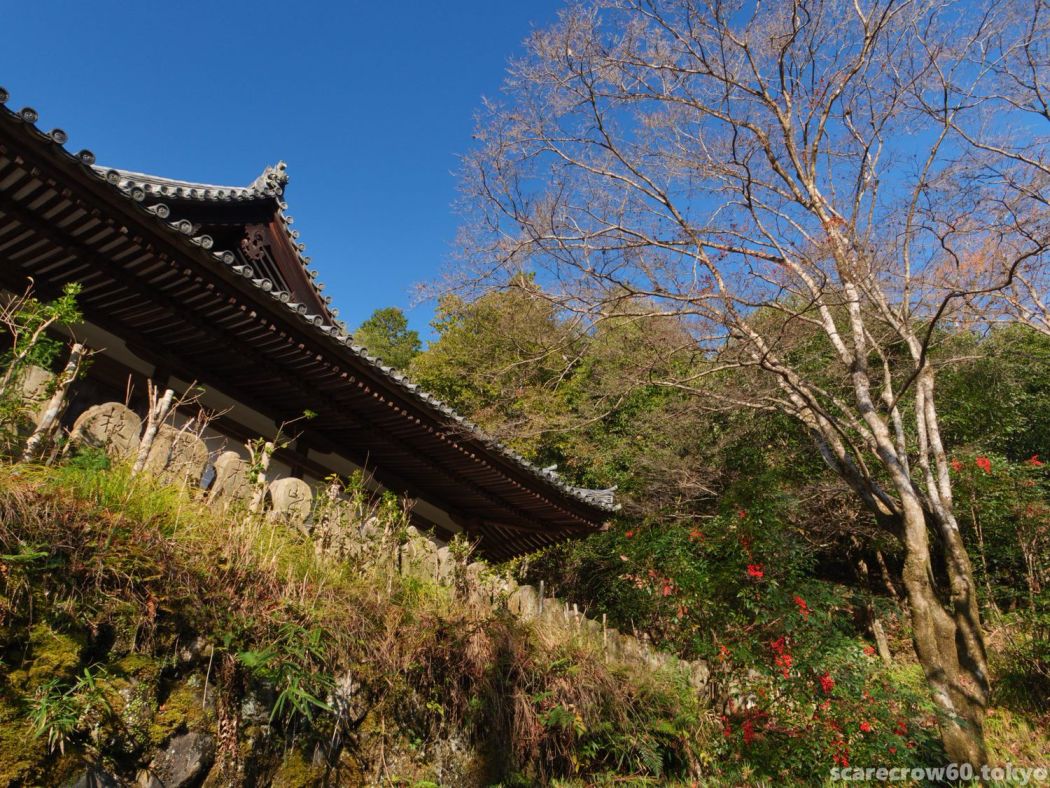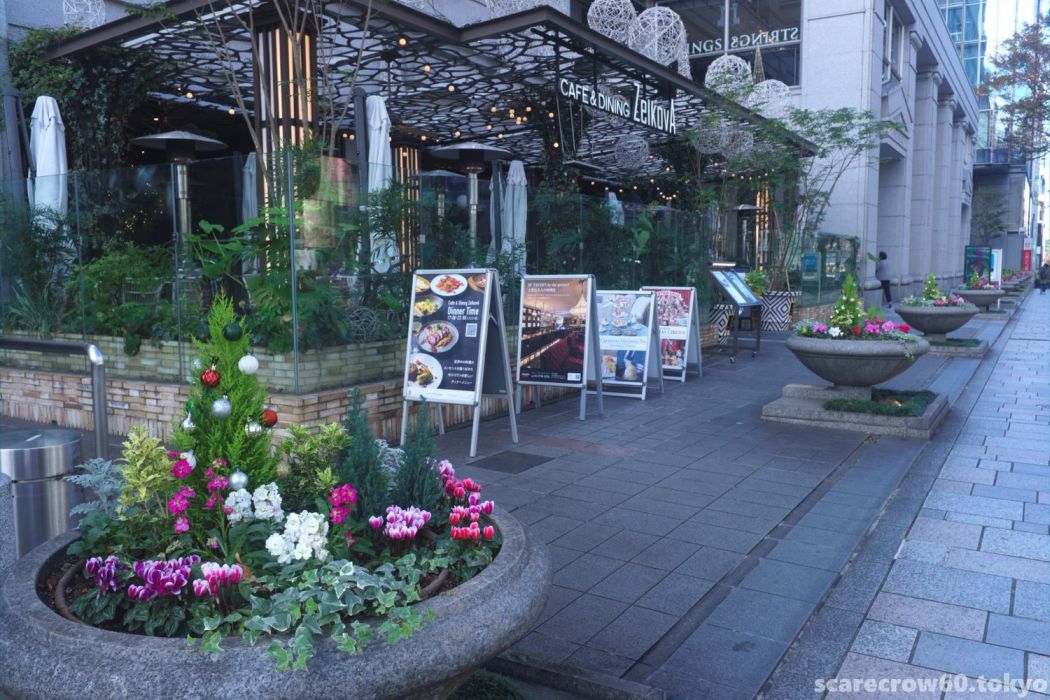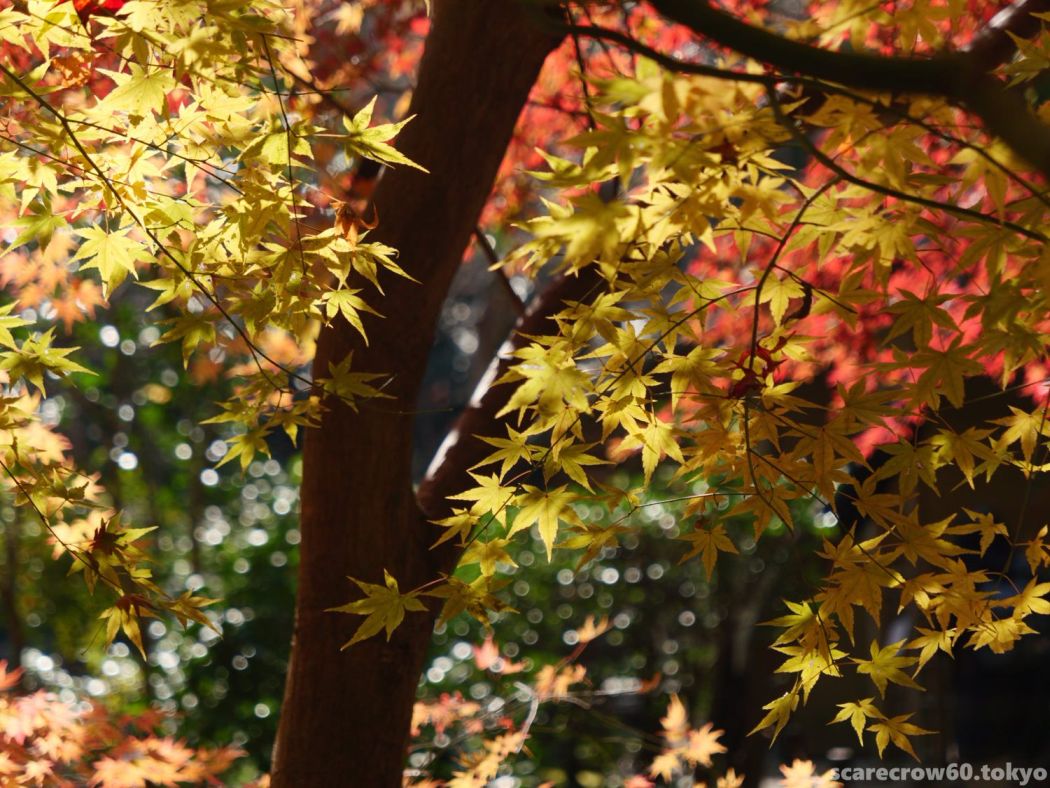I had a chance to go out to Kansai area for the first time in two years, so I extended my return to Tokyo by a day to enjoy a photo walk in Kyoto.
I got off the Kyoto bus with my Lumix G99 in hand.
The temple is the starting point of the Okusaga walk. It is called “Otagi-nenbutsuji”, and very difficult to read its Kanji spelling. The main deity is said to be the Thousand-Armed Kannon (Goddess of Mercy), but what makes this temple famous from a tourist’s point of view are the 1,200 stone statues of Arhats that fill the temple grounds. I also had a chance to take a picture of it.
Anyway, I am overwhelmed by the number of them. In the soft light of a sunny winter morning, the statues of Arhats in their various forms look somewhat soft, but I suppose, they might look a bit scary under a dark cloudy sky.
Anyway, it was a beautiful day.
When the weather is this pleasantly clear, the winter dead forest makes for a good subject.
After leaving the temple, we headed down the slope in the direction of Arashiyama. I figured that if I took the bus up the hill on the way out, the return trip would be downhill and I would be able to take an easy photo walk.
I spotted a runner coming up the hill through a tunnel of trees and borrowed his silhouette. It turned out to be a beautiful picture.
Almost the same place, this time a lady with a dog. The friendly dog, who liked my shoes and pants and sniffed around and refused to move, reluctantly resumed his walk at the husband’s urging. I felt a connection with them and borrowed thier back view.
The red gate in the foreground is the first torii of Atago Shrine, which is located in the mountains behind us. The path leads down from Otagi-nenbutsuji temple, which is located on the way to the shrine. Atago is the highest and most sacred mountain in Kyoto, and Atago Shrine is the headquarters of more than 900 shrines of the same name throughout Japan.
The one on the right at the foot of the torii gate is the famous Ayu sweetfish restaurant, Hiranoya. I heard that the boar stew is delicious in winter here, and I would like to take the opportunity to visit there.
Just below the torii gate, on the left, is another long-established restaurant, Ayu inn Tsutaya.
Around this Torii-moto area, there are not only famous shrines and temples but also buildings with a sense of history, and the cobblestone streets made for a peaceful stroll typical of the ancient capital.
It’s no wonder, this area is a “traditional buildings preservation district”.
Mountains bathed in winter sunlight. The colors are indescribable as the season of autumn leaves and yellow leaves ends and the mountains begin to wither in winter. This chaotic transition is one of the beauties of nature.
After descending the Atago Shrine approach, I went down from Okusaga to the so-called Sagano area. I decided to drop in at a temple that I had not been able to visit until now.
So, next time, I will take a walk around Gioji and Sagano.



